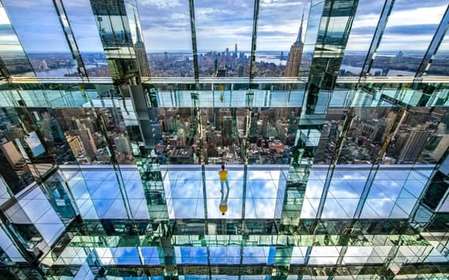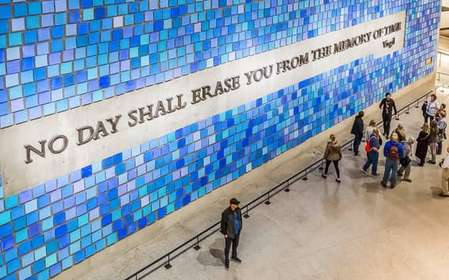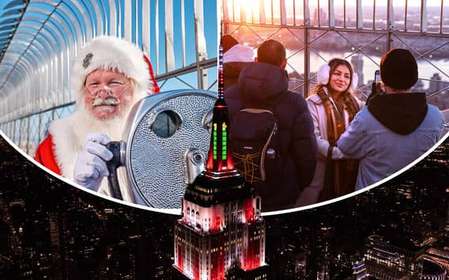- Home
- Useful Tips
- Seeing multiple art museums in...
Visiting multiple art museums in a single day can be overwhelming, leading to museum fatigue—a common issue where the sheer volume of art becomes exhausting rather than inspiring. Studies show that museum visitors typically spend only 15-30 seconds per artwork, yet still feel mentally drained after 2-3 hours. The challenge isn’t just physical tiredness; it’s the frustration of wanting to appreciate masterpieces but feeling too fatigued to truly absorb them. Many travelers end up rushing through galleries or skipping key pieces altogether, leaving them with a sense of missed opportunities. This problem is especially acute in art-rich cities where world-class museums are clustered closely together. Without a smart approach, you risk diminishing returns where each additional museum visit brings less joy than the last.


Planning your museum route strategically to minimize walking and maximize impact
The key to avoiding museum fatigue starts before you enter the first gallery. Research shows that unnecessary backtracking between museums can add miles of walking to your day, draining energy better spent appreciating art. Start by grouping museums geographically—many cultural districts naturally cluster institutions within walking distance or short transit rides. Prioritize museums with similar themes or periods to create a coherent narrative throughout your day; transitioning from Renaissance to contemporary art requires more mental adjustment than moving chronologically. Check each museum’s layout online to identify ‘must-see’ works near entrances or on ground floors—some institutions even provide fatigue-conscious highlight trails. Time your visits to avoid peak crowds at popular museums, as jostling through packed galleries accelerates exhaustion. Many locals recommend starting with your top-priority museum when your focus is freshest, then moving to secondary collections.
Pacing techniques that help you appreciate art without burnout
Museum fatigue often stems from trying to see everything—an impossible task even for professionals. Instead, adopt the ‘quality over quantity’ approach used by art historians. Set a timer for 90-minute blocks with mandatory 30-minute breaks between museums; neuroscience suggests this matches natural attention spans. During visits, practice ‘slow looking’—spending 5-10 minutes deeply observing a few select works rather than skimming dozens. Most museums have benches or cafes near major pieces; use these to rest while contemplating art. Hydration and light snacks maintain cognitive function, so carry water and nuts (many museums allow small packs). Surprisingly, some visitors report less fatigue when taking brief notes or sketches—the active engagement prevents passive overload. If traveling with companions, split up occasionally to follow individual interests then regroup to share discoveries, which keeps the experience fresh.
How combined tickets and timed entry passes save both money and energy
Nothing drains stamina faster than wasting midday hours in ticket queues under the sun. Many art destinations offer city passes covering multiple museums—not only do these provide substantial savings (often 30-50% off walk-up rates), but they also eliminate repetitive ticket purchases that eat into your limited energy reserves. Some passes include fast-track entry, crucial for bypassing the most exhausting part of any museum visit: the crowded entrance lines. For must-see exhibitions with timed entry, book the first morning slot when crowds are lightest and your focus is sharpest. Evening openings at select museums (common in cultural hubs) can be ideal second stops—the cooler temperatures and atmospheric lighting create a completely different, often less fatiguing experience. Always verify whether your pass requires activation at a specific location to avoid unnecessary extra trips across town.
Choosing the right accommodation to recover between museum sessions
Your hotel’s location can make or break a multi-museum day. Staying within walking distance of a museum cluster allows for refreshing midday breaks—a quick shower or power nap at your lodging does wonders for resetting your visual palate. Look for boutique hotels near cultural districts that offer late check-outs; this lets you freshen up before evening museum visits. Some art-themed properties even provide loaner sketchpads or curated playlists matching nearby collections. If budget permits, a central location with good transit links to all target museums prevents the fatigue of long commutes. Surprisingly, accommodations near green spaces score well—a 20-minute walk in nature between museums proves more rejuvenating than caffeine. For groups, apartments with kitchens enable energy-boosting meals without restaurant waits. Always check luggage storage options if you need to check out early but want to revisit museums later.



